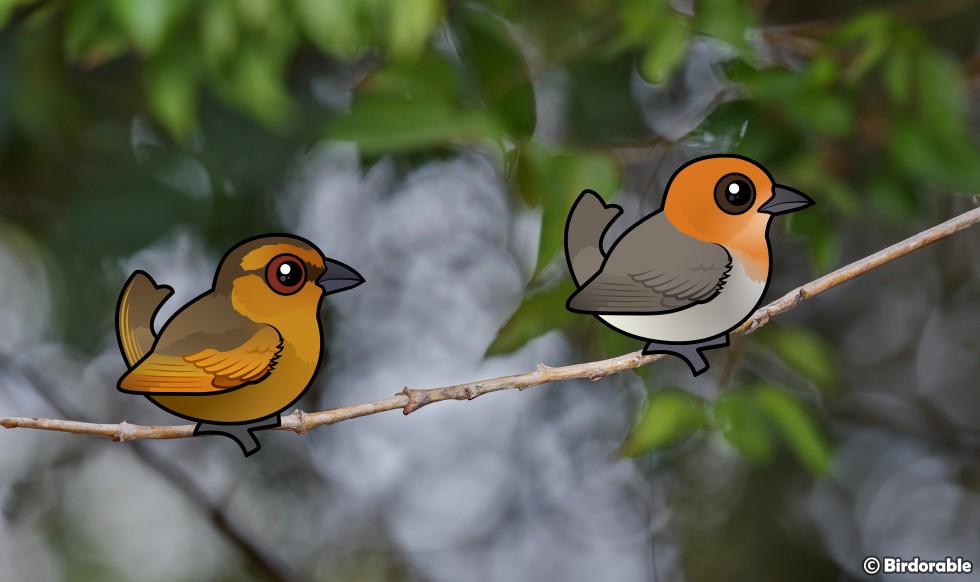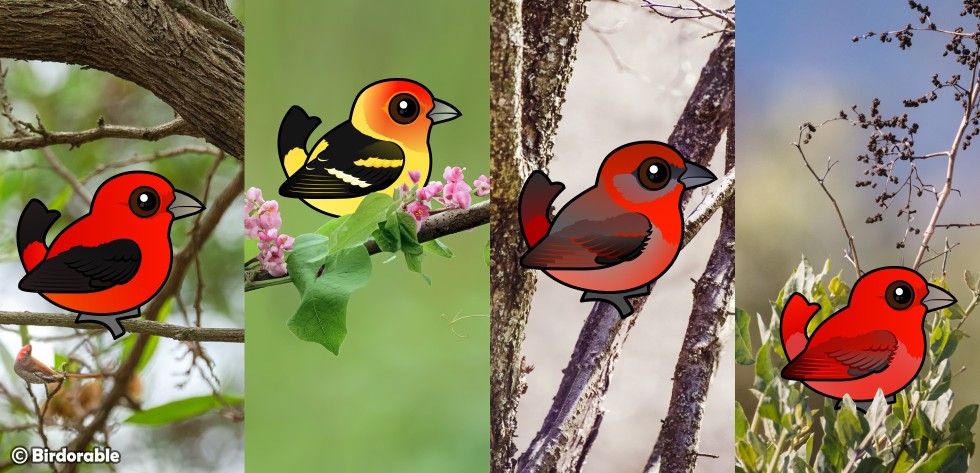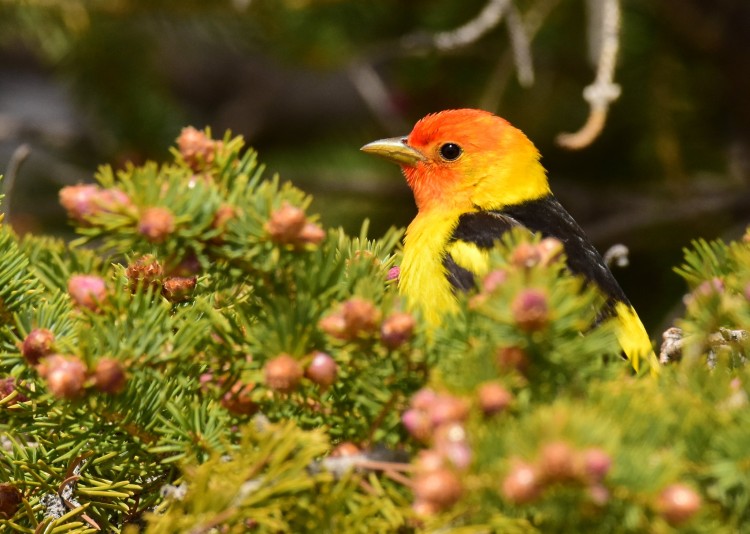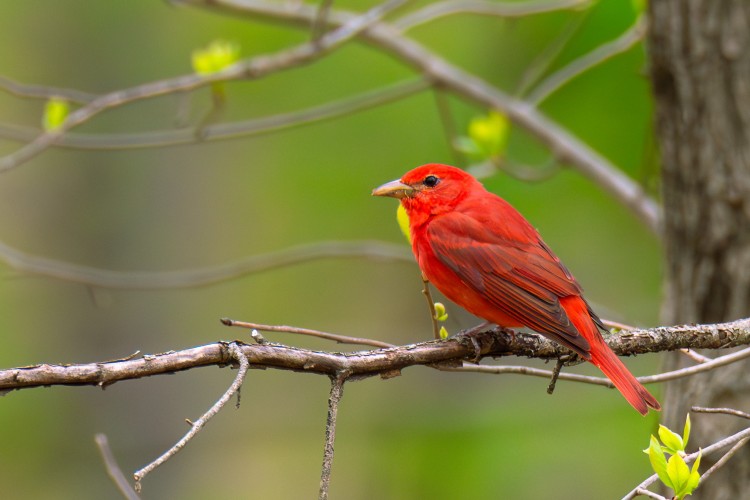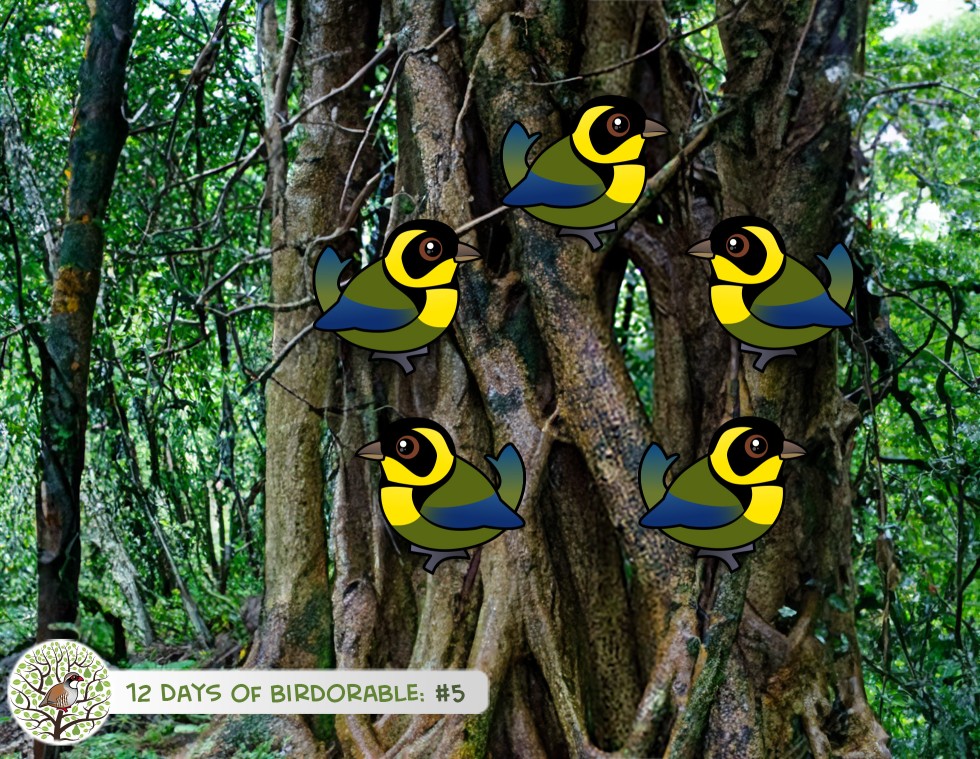2024 Birdorable Bonanza Bird #7
Black-faced Tanager: An Open-Space Specialist Songster
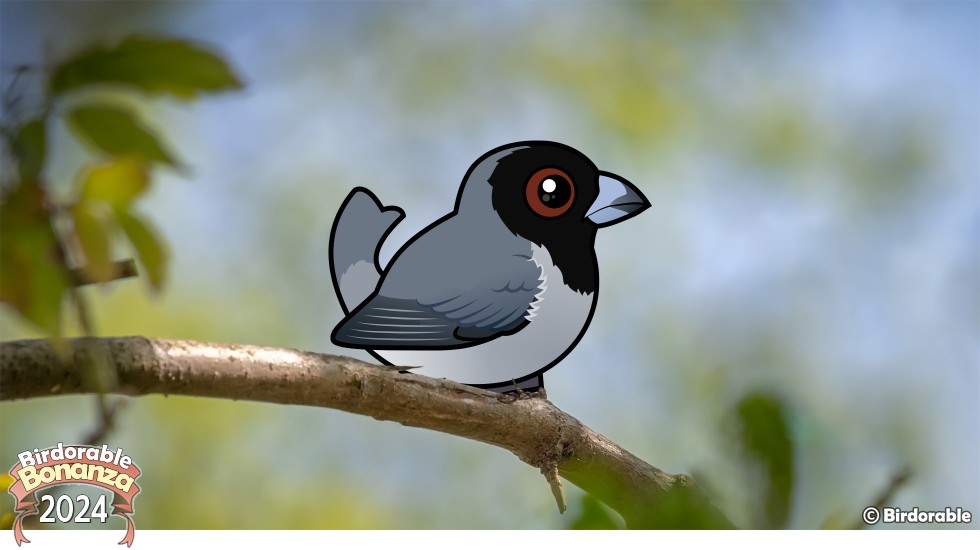
The Black-faced Tanager is a striking bird found across parts of South America, known for its bold facial markings and preference for open habitats. This medium-sized tanager inhabits a range of ecosystems from savannas to scrublands and forest edges. It is found primarily in countries like Brazil, Bolivia, Paraguay, and parts of northern Argentina.
As its name suggests, the Black-faced Tanager features a distinctive black face (and bib) that contrasts with its otherwise grayish plumage. Its body is a soft gray color, while the wings and tail are slightly darker. Juveniles are similar in appearance but have duller and less defined facial markings, which develop as they mature.
Black-faced Tanagers are often spotted in pairs or small groups, making them a social yet unobtrusive presence in their habitats. They are primarily seed and fruit eaters, though they will also consume insects when the opportunity arises. Their diet reflects their adaptability, allowing them to thrive in diverse environments.
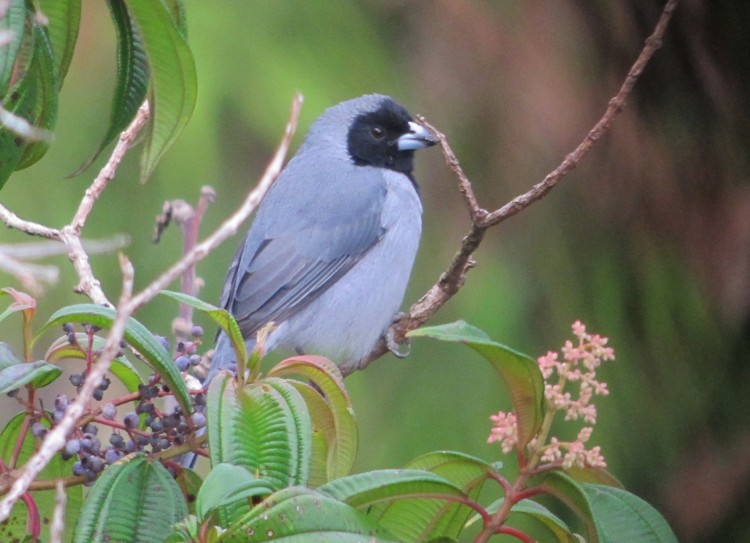
Black-faced Tanager by Félix Uribe [CC BY-SA 2.0]
During the breeding season, these birds construct small, cup-shaped nests in shrubs or trees. Females typically lay two eggs, which they incubate with occasional help from the males. Both parents participate in raising the chicks, bringing them a mix of fruits and insects to ensure their growth.
Unlike some tanagers, the Black-faced Tanager prefers more open spaces rather than dense forests. This makes them easier to spot for birdwatchers exploring savanna-like areas or agricultural landscapes. Their clear, whistling calls can often alert birders to their presence even before they are seen.
While the Black-faced Tanager is not considered threatened, habitat destruction and land-use changes in South America could pose challenges to its populations. Conservation efforts that maintain open habitats and natural ecosystems will help secure a future for this striking species and many others that share its range.
The Black-faced Tanager’s combination of unique looks, pleasant calls, and adaptable habits make it a favorite among bird enthusiasts in its native range.
Birdorable Black-faced Tanager Gifts for Bird Lovers
Tomorrow’s Birdorable Bonanza reveal will be a desert dweller with a unique, slightly curved bill and striking plumage. Found only in Iran, this corvid is a true ground-loving beauty! With all these clues, surely you can guess tomorrow's new Birdorable! Drop your winning guess below! 🤔











